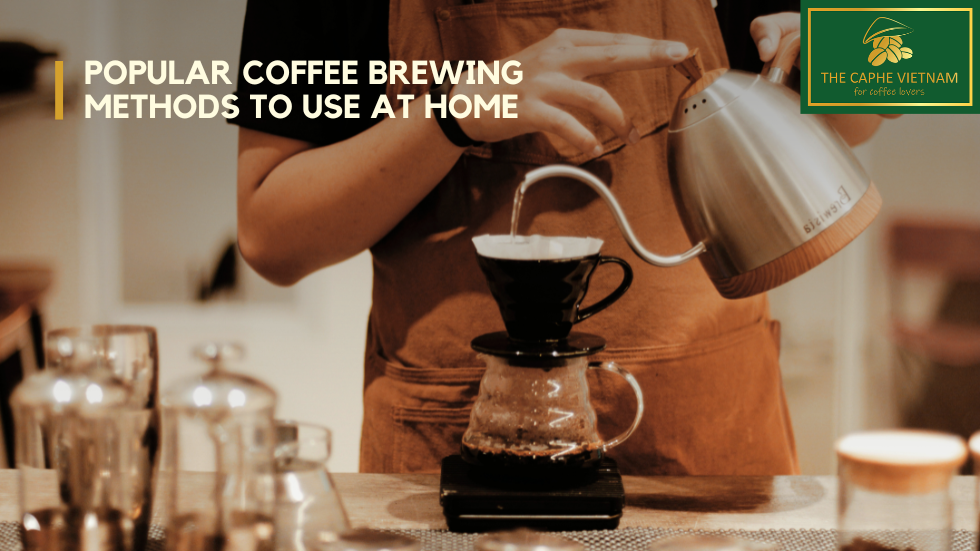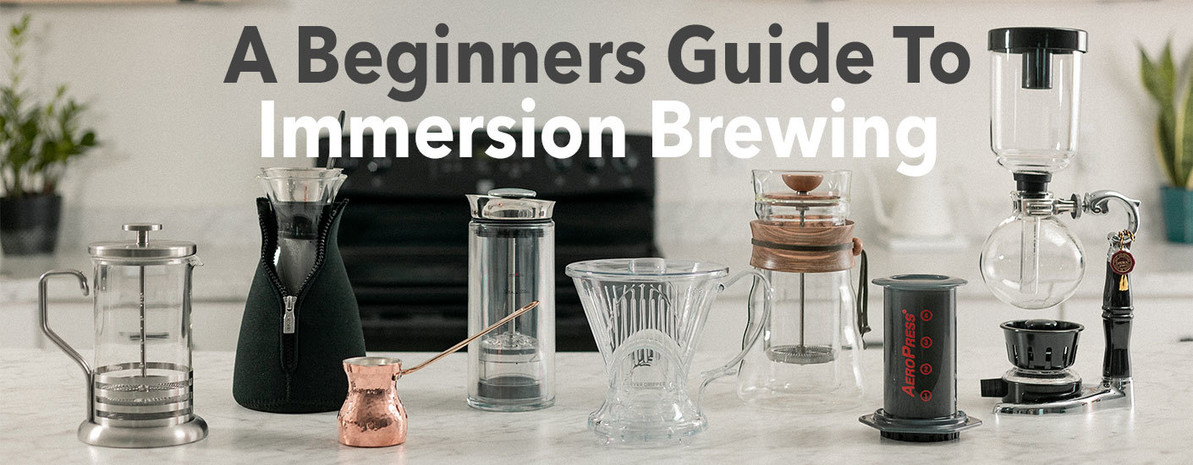The Scientific Research Behind Coffee Developing: Exactly How Temperature Level and Time Affect Your Drink
Recognizing the science behind coffee brewing reveals that temperature and time are not plain variables yet essential aspects that dictate the beverage's flavor account and overall top quality. As we discover the nuances of these components, the concern develops: exactly how can one properly balance temperature level and time to achieve that ideal brew?
The Chemistry of Coffee Removal
The chemistry of coffee removal delves into the complex procedures that change raw coffee beans right into the aromatic drink appreciated worldwide. This makeover mainly involves the solubility of numerous substances present in the beans, which are influenced by factors such as grind dimension, water top quality, and the brewing approach employed.
During the brewing procedure, warm water functions as a solvent, removing soluble substances, consisting of caffeine, lipids, sugars, and acids, from the coffee premises. Each substance contributes to the taste profile, fragrance, and body of the final drink. Acids are liable for bright and tasty notes, while oils add to an abundant mouthfeel.
The removal procedure is not consistent; different substances dissolve at different rates. The initial phases of developing remove acids and sugars, bring about a pleasant level of acidity, while extended removal can result in anger due to over-extraction of unwanted compounds. Understanding these chemical interactions is crucial for optimizing brewing strategies, as the balance in between removal time and water temperature can substantially affect the total quality of the coffee. Inevitably, grasping the chemistry of coffee extraction is vital to accomplishing a all-round and tasty cup.
Suitable Developing Temperatures
Finding the ideal brewing temperature level is essential for opening the complete capacity of coffee tastes and scents - coffee brewing methods. Research indicates that the optimum range for brewing coffee lies between 195 ° F to 205 ° F(90 ° C to 96 ° C) Within this variety, the removal procedure successfully liquifies the preferable soluble substances in coffee beans, leading to a tasty and well balanced mug
Brewing at lower temperatures, such as listed below 195 ° F(90 ° C ), might result in under-extraction, generating an acidic and weak mixture with muted tastes. Conversely, brewing at temperature levels surpassing 205 ° F(96 ° C) can lead to over-extraction, creating a extreme and bitter taste as a result of the too much dissolution of undesirable compounds, such as tannins.
Additionally, the excellent brewing temperature can differ relying on the coffee bean type and roast degree. As an example, lighter roasts often take advantage of somewhat greater temperatures to boost their complex flavor accounts, while darker roasts may be much better fit to reduced temperature levels to minimize bitterness.
Inevitably, preserving accuracy in brewing temperatures is vital for attaining an unified balance of tastes, ensuring that every cup of coffee provides a gratifying sensory experience.
Influence of Developing Time
Brewing time plays a critical duty in establishing the flavor account and overall high quality of coffee. Much shorter brewing times can result in under-extraction, leading to a sour or weak taste, as not enough soluble substances are liquified.
Ideal developing time differs depending upon the approach used and the grind dimension of the coffee. For example, a French press generally calls for regarding four mins, while coffee extraction is typically finished within 25 to 30 secs. It is vital to adjust brewing time in conjunction with various other variables, such as water temperature level and coffee-to-water ratio, to accomplish the preferred taste account.
Comprehending the impact of brewing time enables coffee enthusiasts to fine-tune their developing methods, eventually improving the sensory experience of their cup (coffee brewing methods). With cautious interest to this variable, one can unlock the full capacity of the coffee, exposing its one-of-a-kind attributes and nuances
Developing Methods and Their Effects

For example, methods like French press and cold brew permit a much longer steeping time, causing a fuller body and robust flavor because of boosted extraction of oils and soluble solids. Alternatively, espresso developing utilizes high pressure and a much shorter extraction time, producing a focused shot that highlights intense tastes and a rich crema.
Pour-over methods, such as Chemex or V60, supply an even more controlled extraction process, enabling the brewer to adjust flow rate and water circulation, which can improve illumination and clarity. Percolation approaches cycle water through the coffee grounds numerous times, leading to a more powerful, commonly bitter taste.
Lastly, the usage of paper filters versus steel filters can additionally influence the last preference; paper filters normally generate a cleaner mug by capturing oils and fine particles, while metal filters permit more oils to pass through, adding to a fuller mouthfeel - coffee brewing methods. Recognizing these nuances can boost the coffee experience dramatically
Tips for Refining Your Brew
A well-executed mixture can transform even the easiest coffee into an impressive experience. Grind the beans just before brewing to maximize freshness, making sure the work size matches your developing approach-- coarser for French press and finer for espresso.
Water top quality plays an essential duty; usage filtered water devoid of contaminations. The excellent developing temperature varies between 195 ° F and 205 ° F(90 ° C to 96 ° C ) Also hot check it out can burn the coffee, while also great might under-extract flavors.
Timing is equally essential. For immersion methods, soaking for three to five mins is optimum, whereas drip techniques typically take around 5 minutes. Explore mixture times to locate your favored strength.

Final Thought
In summary, the detailed partnership between temperature level and time is extremely important in the coffee brewing process. Following optimal brewing temperature levels between 195 ° F and 205 ° F, alongside specific timing customized to every technique, makes sure the preferred flavor account is attained. Recognizing these clinical principles equips individuals to fine-tune their developing techniques, ultimately resulting in a more balanced and enjoyable coffee experience. Proficiency of these aspects is important for any coffee enthusiast looking for excellence in their beverage.
Comprehending the science behind coffee brewing reveals that temperature level and time are not mere variables yet crucial aspects that dictate the drink's flavor account and overall high quality. Understanding these chemical interactions is essential for maximizing brewing strategies, as the balance visit this website between removal time and water temperature level can significantly affect the general quality of the coffee.Developing time plays a crucial function in establishing the flavor profile and total high quality of coffee. By focusing on these elements-- bean top quality, grind dimension, water temperature, soaking time, and ratio-- you can elevate your coffee brewing process, resulting in a constantly exceptional mug.
In recap, the complex relationship between temperature level and time is paramount in the coffee brewing procedure.